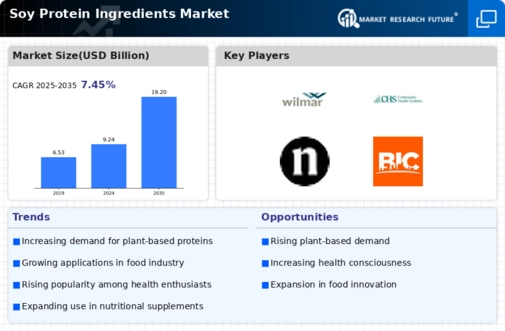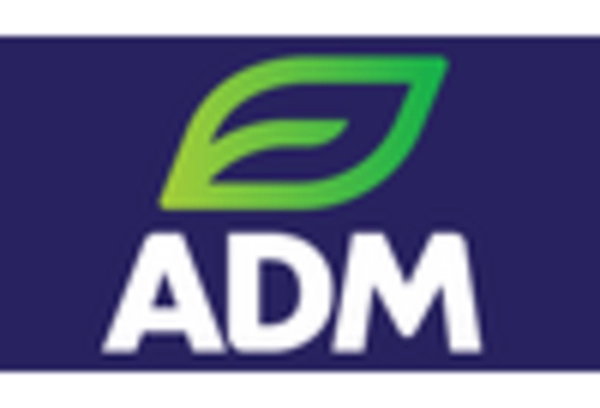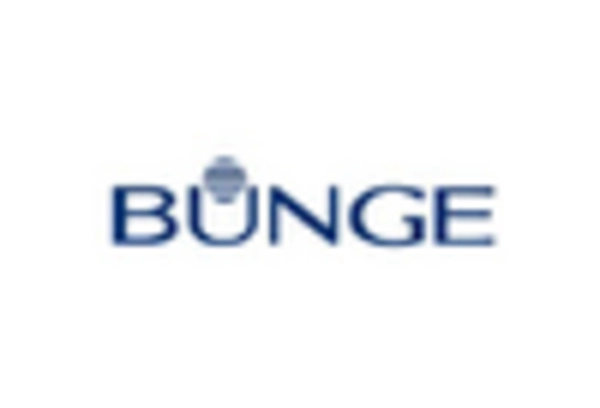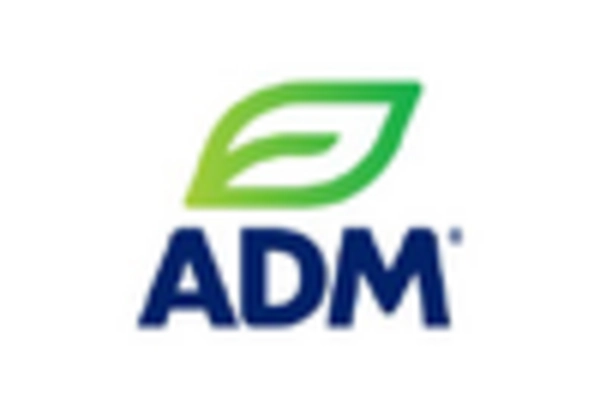Soy Protein Ingredients Market Summary
As per MRFR analysis, the Soy Protein Ingredients Market was estimated at 9.348 USD Billion in 2024. The Soy Protein Ingredients industry is projected to grow from 10.04 USD Billion in 2025 to 20.61 USD Billion by 2035, exhibiting a compound annual growth rate (CAGR) of 7.45 during the forecast period 2025 - 2035.
Key Market Trends & Highlights
The Soy Protein Ingredients Market is experiencing robust growth driven by increasing health consciousness and demand for plant-based options.
- The demand for plant-based proteins is rising, particularly in North America, which remains the largest market for soy protein ingredients.
- Innovative applications in food products are expanding, with soy protein isolates leading as the largest segment in this market.
- Asia-Pacific is emerging as the fastest-growing region, with soy protein concentrates gaining traction in various applications.
- Rising health consciousness and sustainability concerns are key drivers propelling the growth of the soy protein ingredients market.
Market Size & Forecast
| 2024 Market Size | 9.348 (USD Billion) |
| 2035 Market Size | 20.61 (USD Billion) |
| CAGR (2025 - 2035) | 7.45% |
Major Players
Cargill (US), DuPont (US), Archer Daniels Midland (US), Bunge (US), CHS Inc. (US), Sojaprotein (RS), Glanbia (IE), The Scoular Company (US), SunOpta (CA), NutraBlend (US)


















Leave a Comment